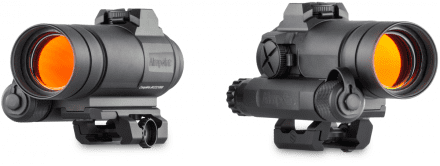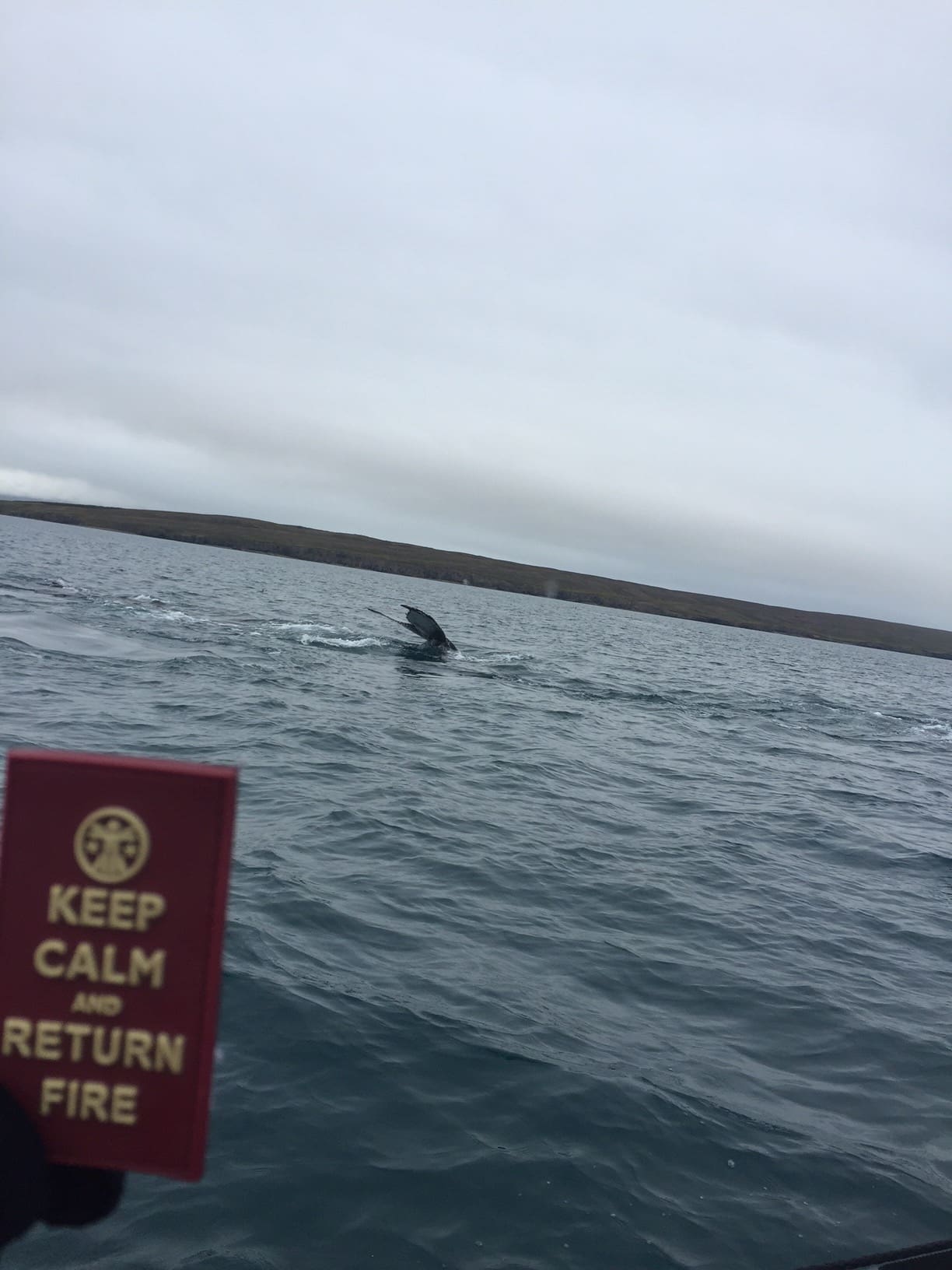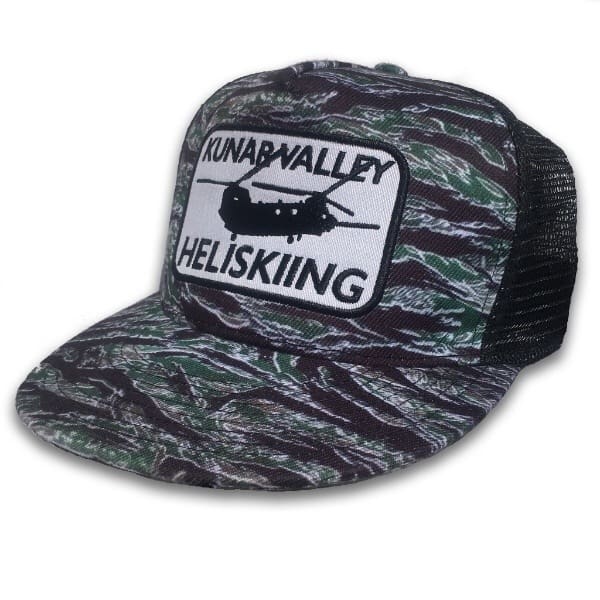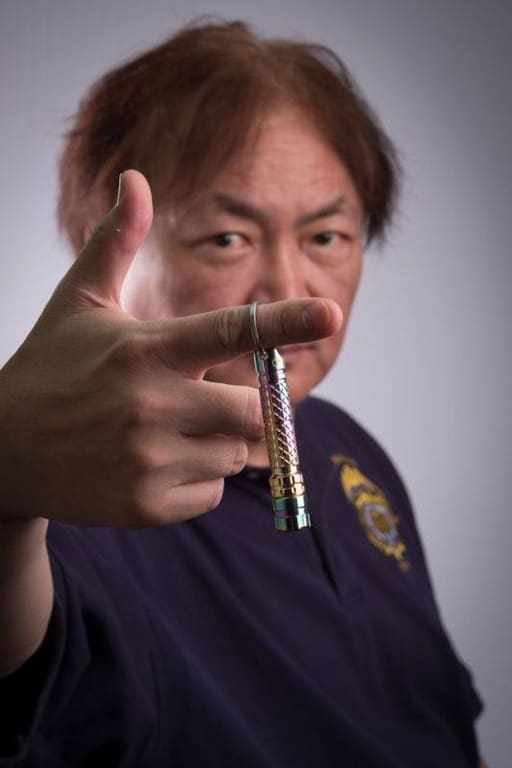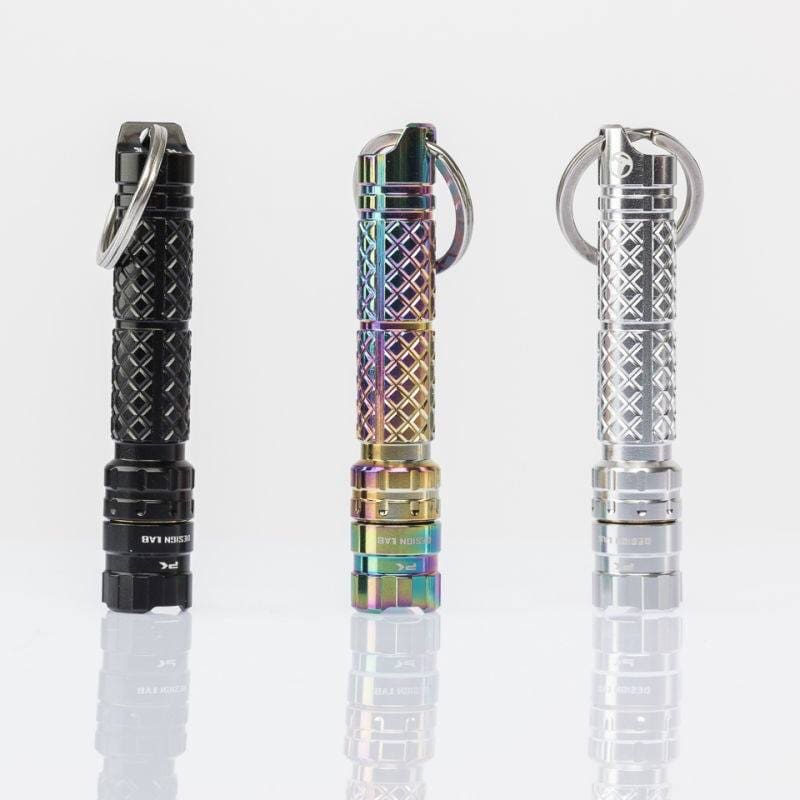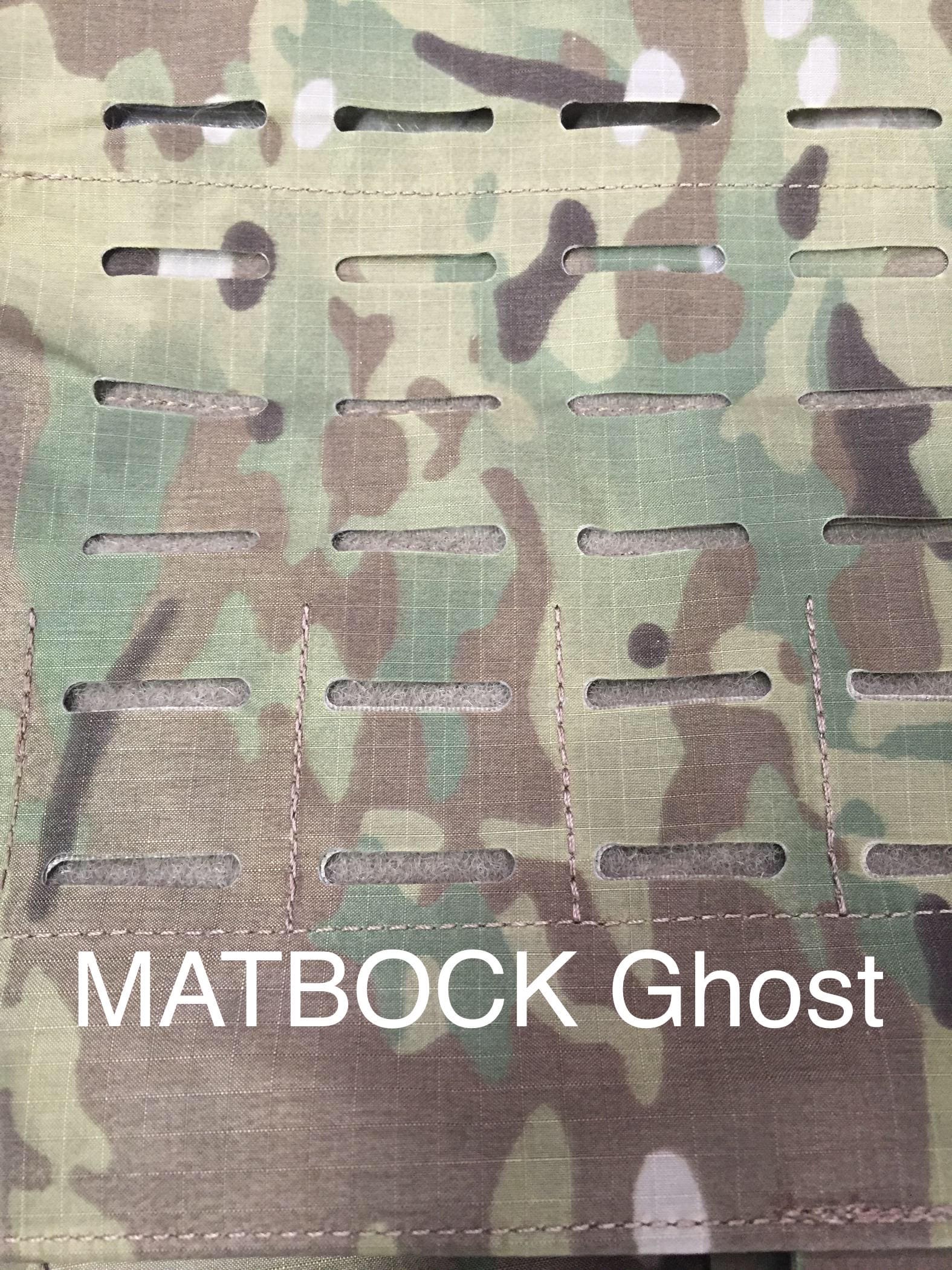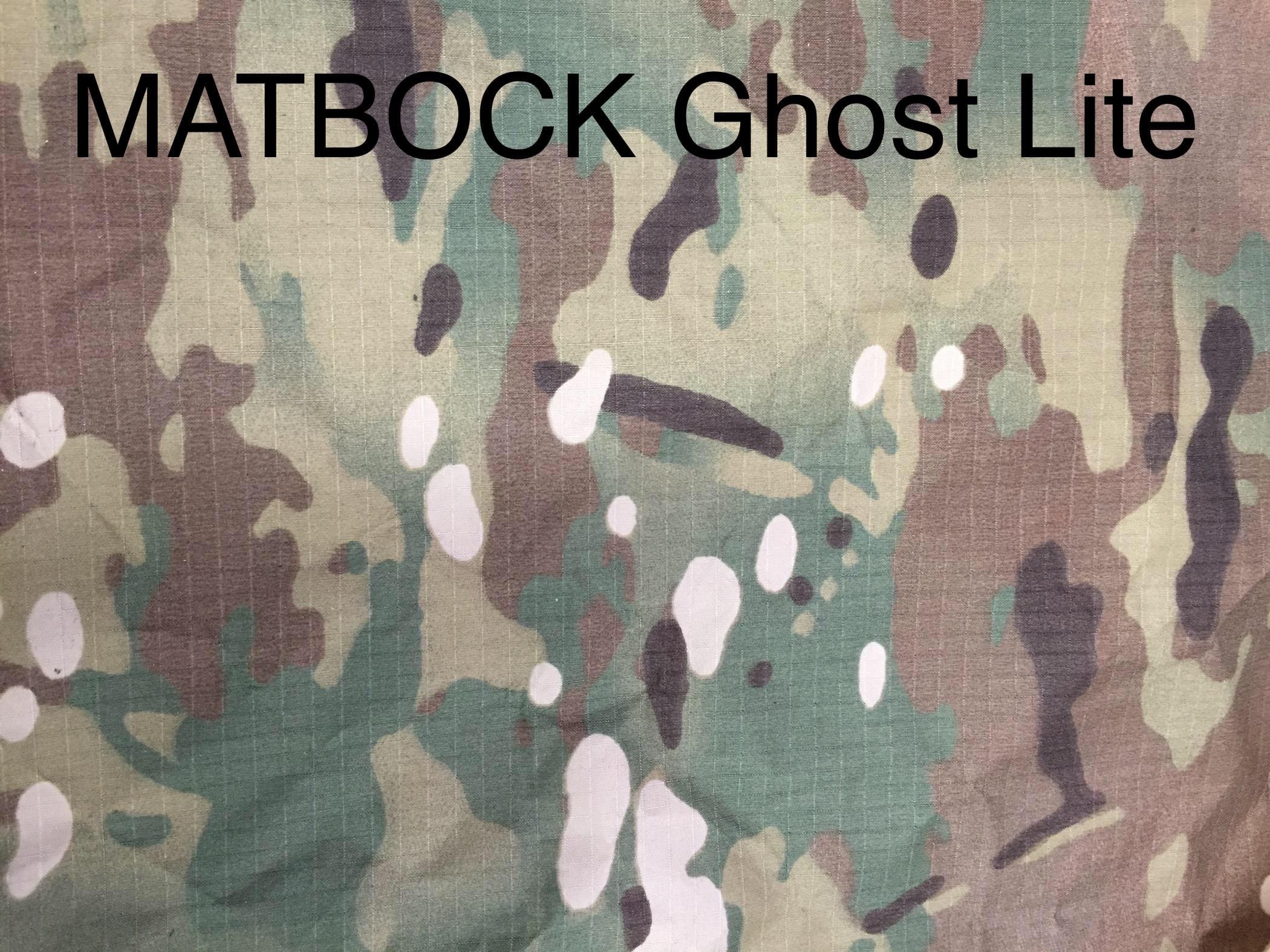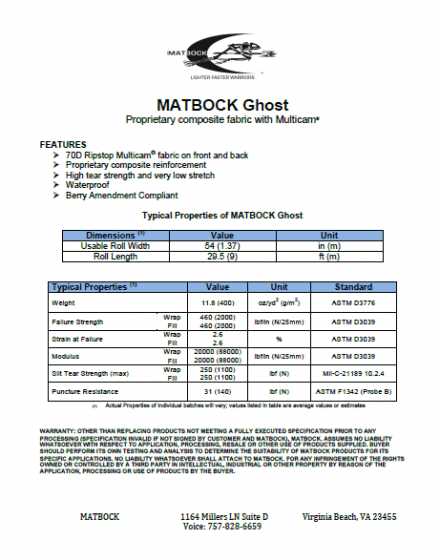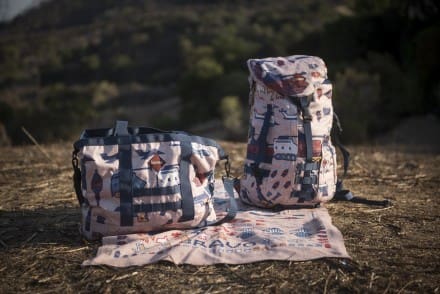Scalarworks has announced the Low Drag Mount for the Aimpoint CompM4, which they claim is the lightest QD Aimpoint CompM4 mount available on the market; given it weights in at only 1.49 oz. (with mounting hardware), that’s a hard claim to refute. The full release can be read below:
EASTON, PA – August 29, 2016 – Scalarworks, manufacturer of high-performance optic mounts, is pleased to introduce the Low Drag Mount™ for Aimpoint CompM4 sights; the lightest quick-detach Aimpoint CompM4 mount in existence – weighing only 1.49oz, include sight screws.
The LDM/CompM4 is a lightweight, low-profile, quick-detach optic mount that is compatible with MIL-STD-1913 Picatinny rails and Aimpoint CompM4 and CompM4s red dot sights. Full product specs and details can be found here: scalarworks.com/optic-mounts/ldm-compm4
Like all Scalarworks Low Drag Mounts; the LDM/CompM4 has a monolithic base made of high-strength 7075-T6 Aluminum, and features our proprietary recoil-proof notched thumbscrew with ball detent. It also has the same precision telescoping clamp as our popular Aimpoint Micro and Trijicon MRO mounts, which ensures a repeatable zero with each installation.
The LDM/CompM4 is proudly made in the USA, and is available in both Absolute and Lower-Third Co-Witness height variants with a retail price of $149.
To learn more about this and other Scalarworks optic mounts and bundles; please visit scalarworks.com


